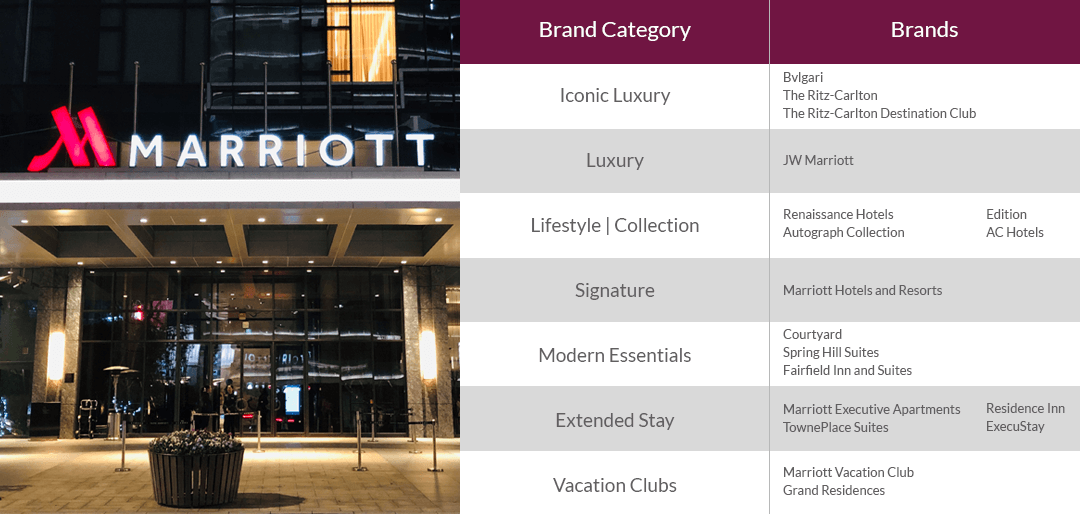Have you ever wondered why Toyota has a separate brand for Lexus, or why Honda has a separate brand for Acura? It has to do with perception – and brand architecture.
While the technical definition of a brand includes how you combine a logo, tagline, symbol or other brand elements to differentiate you from the competition, branding is all about perception. It’s how people think and feel about a product, service, experience, or the organization as a whole based on their accumulated contacts or personal experience with the brand.
A logo or tagline is merely one element of a brand. Toyota and Honda want consumers to perceive their top of the line products as luxury cars, and the rest of their product line as reliable or rugged / sporty (e.g., SUVs) transportation. For a long time, they struggled to push their brands up market and failed. Hence, they created separate brands to develop different perceptions for each target market.
Marketers call this process of differentiation “brand architecture”. Typically used by large companies with multiple products, product lines or subsidiary companies, it’s also important for small companies.
Brand architecture has three primary objectives:
1. Reduce brand and messaging complexity
2. Clearly define the role of current and future potential brands and sub-brands
3. Drive consistent use of brand messaging and imagery in the market(s)
For companies with extensive product offerings brand architecture defines the strength of the corporate brand versus the sub-brands. It acts as a brand org chart, helping to clarify and differentiate the brand promise the company wants their various market segments to perceive. If you only have one or a few brands, it’s important to consider your brand architecture before launching new brands to ensure you’re creating the optimal brand perceptions in the minds of your customers.
The Four Brand Architectures
Brand architecture can be built in four different ways depending on the company’s product/service and brand strategy – Branded House, Sub-Brands, Endorsed Brands and House of Brands.
1. BRANDED HOUSE
Branded house architecture uses one overarching brand and different descriptors to “sub-brand” various aspects of the business. FedEx® offers a good example.
FedEx® represents the overarching and dominant corporate brand. The sub-brands are treated as “service lines”, or specialized areas of expertise that serve specific customer needs. In this approach, the service line name is not expected to be used as a standalone brand name.
2. SUB-BRANDS
In the sub-brand architecture approach, the corporate brand is still dominant, but each sub-brand is expected to “stand on its own two feet”. For example, everyone knows the Apple brand, but its main products such as the iPhone, iPad and MacBook are certainly used on their own. Sub-branding reminds consumers of the breadth and scope of the corporate brand and the many products and services that support it.
3. ENDORSED BRANDS
This architecture further elevates the independence of the sub-brands, and uses the corporate brand as an endorser. It is typically adopted by companies that feel the corporate brand can bring strong brand equity perceptions to their sub-brands, but want to have each sub-brand stand on their own.
4. HOUSE OF BRANDS
Companies use a house of brands when they want to create completely independent brands, each with their own target market, product / service benefits and brand look and feel. This kind of architecture is typically employed by large consumer products companies, such as Proctor & Gamble (P&G) and Unilever, whose various product lines are completely unrelated to each other.
Be Smart, Be Intentional
There are many pros and cons to each approach. For example, the House of Brands approach requires significantly more marketing investment than the Branded House approach. Regardless of which option a company chooses, the brand architecture choice needs to be intentional and one that aligns with the overall business strategy. Otherwise, the business can end up with multiple unrelated brands that communicate more of a brand mess than a clear brand message.
For example, Marriott uses the endorsed brands approach, but only with some of its sub-brands. As you can see in this graphic, the corporate brand – Marriott – sits in the middle of the hierarchy. The brand categories above “Signature” have their own distinct brand because their quality is far above that delivered by Marriot hotels. Those below are endorsed by Marriot to add cachet to their more mainstream brands.

In contrast, P&G chose not to put their corporate brand on any of their products. The company has the resources to support many different brands, and believes each brand has more strength standing on its own. As a result, most people have no idea that Tide, Pampers, and Dawn Liquid Detergent – brands that deliver very different benefits to very different target markets – are owned by the parent company, in this case P&G.
Over time, the lack of a well-defined brand architecture can create confusion internally and externally, resulting in customer perceptions that do not serve the brand well. Ultimately, deciding how the corporate brand and sub-brands need to support each other will determine the appropriate brand architecture.
Not Just for the Big Guys
If you operate a small to medium-size business with a single brand, you may be wondering, “Why do I need to be thinking about my brand architecture…I only have one brand?” The simple answer is that one day you may no longer be a small company with only one brand.
Without the forethought of a strategic brand architecture, those brands could end up confusing your overall brand perceptions rather than synergistically creating a more powerful brand. Without this forethought, you may need to undo the damage done and retrofit your brands into the appropriate architecture. And trust us, it’s a lot easier to get it right from the start than to go back and try to fix it, along with a lot of wasted marketing dollars.
Lack of intentional brand architecture can cause years of poor strategic and operational decisions. Part of the value of having a thoughtful and strong brand architecture is that it forces strategic conversations around which brands fit your long-term vision and when to potentially eliminate one or more sub-brands so you can focus on the ones that will help build brand equity for your company.
A SHORT CASE STUDY
Bottomline Marketing recently worked with a $15 million company with seven stand-alone brands (house of brands approach). Consequently, the company wasted much of its marketing budget on ineffective collateral and marketing communications. After analyzing their business and their brands, we recommended eliminating six of the brands and focusing on the singular corporate brand. We also advised setting up a branded house approach and breaking their underlying brand portfolio into two buckets – a core optics business and a mobile business – and giving each separate names. This helped them focus on a clear and differentiated brand messaging strategy.
The business is now at $85 million and still growing.
Brand architecture also provides a valuable framework for determining whether a new product or acquisition makes sense for your brand portfolio. This decision has major implications for where and how the equity in your business gets built. Before launching any new products or acquisitions, always start by thinking through your brand architecture strategy so you know which brands will enable you to build the most equity.
Let’s Work Together
Interested in understanding how having a strategic brand architecture for your business can help build more equity and grow your business? Call the brand gurus at Bottomline Marketing – (619) 752-2510 or email us and we’ll set up a time to talk.


Recent Comments